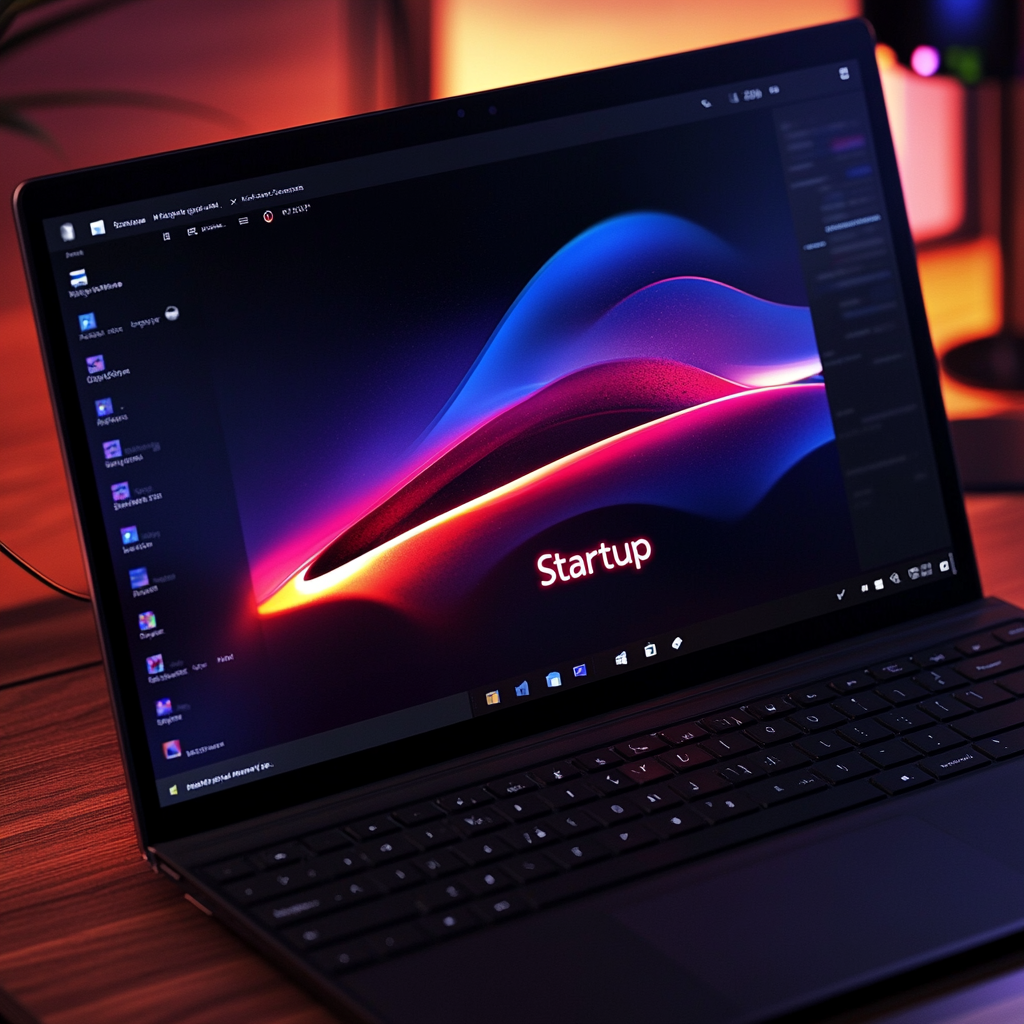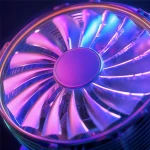Why is your PC “slow”?
Many users face a situation when their computer starts to work slower than usual. This can happen during games, video rendering or other resource-intensive tasks. Often, the reason is not the aging hardware or software errors, but the so-called thermal throttling – a mechanism to protect equipment from overheating. In this article, we will analyze what it is, how it affects performance and how to avoid its negative consequences.
What is thermal throttling?
Thermal throttling is an automatic process in which a processor or graphics card reduces its performance to prevent overheating. This mechanism is part of a protective system in modern hardware that is triggered when the temperature of components exceeds acceptable limits.
How does thermal throttling work?
- Temperature monitoring: Special sensors constantly monitor the temperature of the processor, graphics card, and other components.
- Threshold exceeded: If the temperature reaches a critical level (usually 85–100°C), the system activates a protective mode.
- Frequency reduction: The processor or graphics card reduces the clock frequency (for example, from 4.5 GHz to 2.5 GHz) to reduce power consumption and, accordingly, heat generation.
- Return to normal: After the temperature drops below a safe level, the system gradually restores its original performance.
This process can occur either once or cyclically if the overheating problem is not resolved.
How does thermal throttling kill performance?
Thermal throttling directly affects the speed of your computer. Let’s take a look at how exactly it happens:
1. FPS drops in games
If you are a gamer, you probably noticed how the number of frames per second (FPS) suddenly drops. This is often due to the fact that the video card or processor goes into thermal throttling mode. For example, if your video card should deliver 60 FPS, but due to overheating, it reduces the frequency, you may see a drop to 30 FPS or even less.

2. Slow rendering and data processing
For professionals working with graphics, video or programming, thermal throttling can be a real problem. Rendering video or performing complex calculations requires maximum performance from the processor and video card. If they start to “slow down” due to overheating, the time it takes to complete tasks increases significantly.
3. Decreased system responsiveness
Even in everyday tasks, such as working in a browser or office applications, thermal throttling can manifest itself as a slowdown in system response. Programs start to open longer, and the interface becomes less smooth.
4. Reduced hardware lifespan
While thermal throttling itself is a protective mechanism, constantly switching between high and low loads can negatively affect the durability of components. This is especially true for budget models, where the quality of materials and assembly leaves much to be desired.
Causes of Thermal Throttling
To effectively combat thermal throttling, it is important to understand what can cause it. Here are the main causes:
1. Insufficient Ventilation
Overheating is often caused by poor air circulation inside the computer case. If the fans are clogged with dust or installed incorrectly, hot air cannot be exhausted.

2. Low-quality thermal paste
Thermal paste is a substance that ensures heat transfer from the processor or video card to the radiator. Over time, it dries out and loses its properties, which leads to a decrease in cooling efficiency.
3. High load
When running resource-intensive tasks for a long time (for example, playing a game at maximum settings or rendering a video), the temperature of the components can reach critical values.
4. Faulty cooling
If the fans or water cooling system are broken, the computer components will overheat faster.
5. Poor PC assembly
Incorrect installation of components, an insufficient number of fans, or the use of low-quality parts can also contribute to overheating.
How to prevent thermal throttling?
If you want to avoid problems related to thermal throttling, follow these recommendations:
1. Clean your system from dust
Regularly clean the internal components of your computer, especially the fans and heatsinks. To do this, use compressed air or a soft brush.
2. Replace the thermal paste
If your computer is more than two years old, the thermal paste has probably lost its properties. Replace it with a high-quality analogue, such as Arctic MX-4 or Thermal Grizzly Conductonaut.
3. Improve cooling
Consider installing a more powerful cooling system, such as a liquid CPU cooler or additional case fans.
4. Optimize overclocking
If you are overclocking your CPU or GPU, make sure your components are adequately cooled. Sometimes it is better to forego extreme overclocking in favor of stability.
5. Use temperature monitoring
Programs such as HWMonitor, MSI Afterburner or AIDA64 will help you monitor the temperature of your components in real time. This will allow you to notice problems early and take action.
6. Ensure good ventilation
Place your computer in a well-ventilated area, avoiding closed spaces. Make sure the vents are not blocked.
How to check for thermal throttling?
If you suspect that your computer is suffering from thermal throttling, follow these steps:
- Run a stress test: Use programs like Prime95 (for the CPU) or FurMark (for the GPU) to stress the system.
- Monitor temperatures: In parallel, run temperature monitoring via HWMonitor or similar utilities.
- Analyze performance: If you notice that the frequency of the CPU or GPU decreases when a certain temperature is reached, this is a clear sign of thermal throttling.
Thermal throttling is a natural defense mechanism that helps protect your hardware from damage. However, its regular occurrence indicates serious problems with cooling or system settings. By following the recommendations in this article, you can minimize the risk of overheating and ensure stable operation of your computer.
If you want to maximize the life of your PC and enjoy high performance, do not forget to regularly maintain the system and monitor temperatures. Your computer will thank you!








Leave a Reply